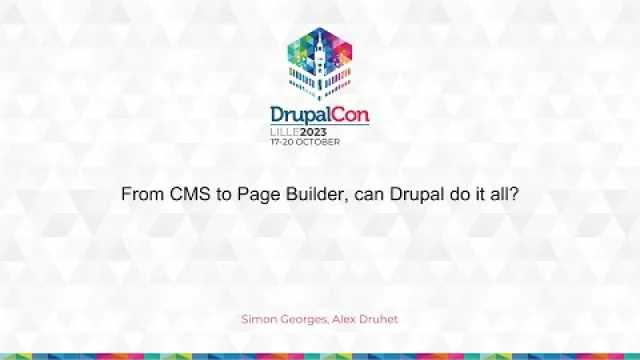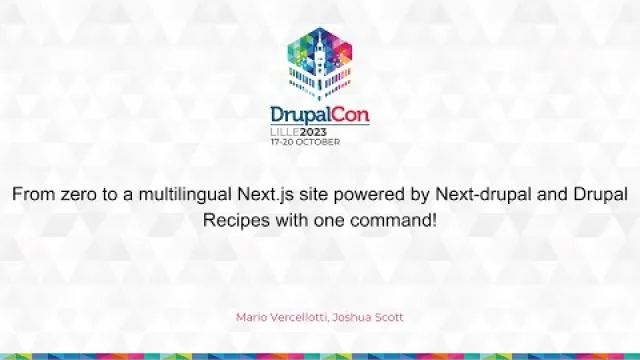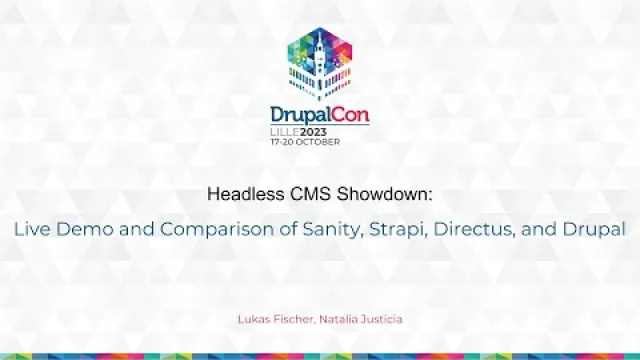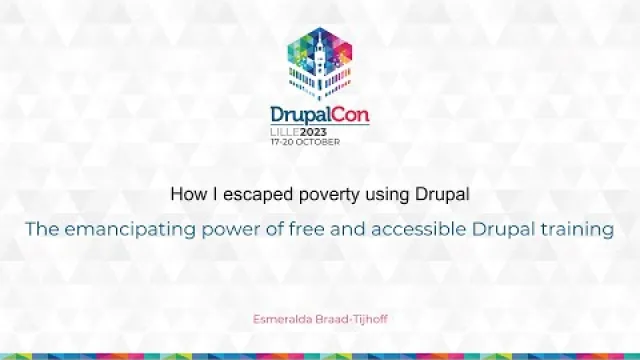DrupalCon Lille 2023
Logo

Description
After Paris in 2009, DrupalCon returned to France from October 17 to 20, 2023, for a new edition held at the Grand Palais in Lille.
Website
Start Date
Start Date






